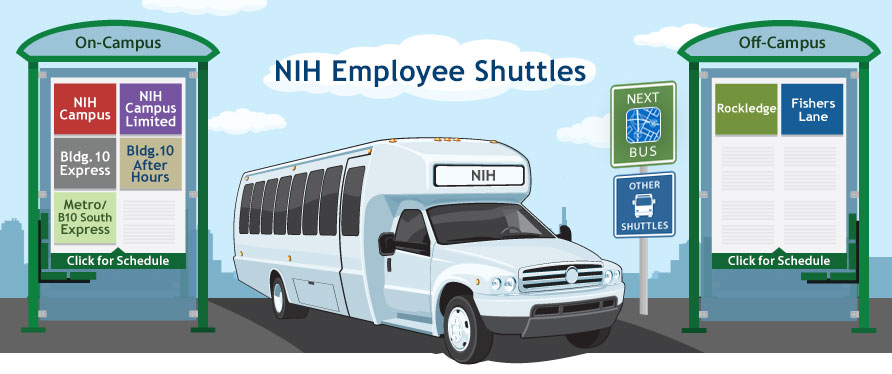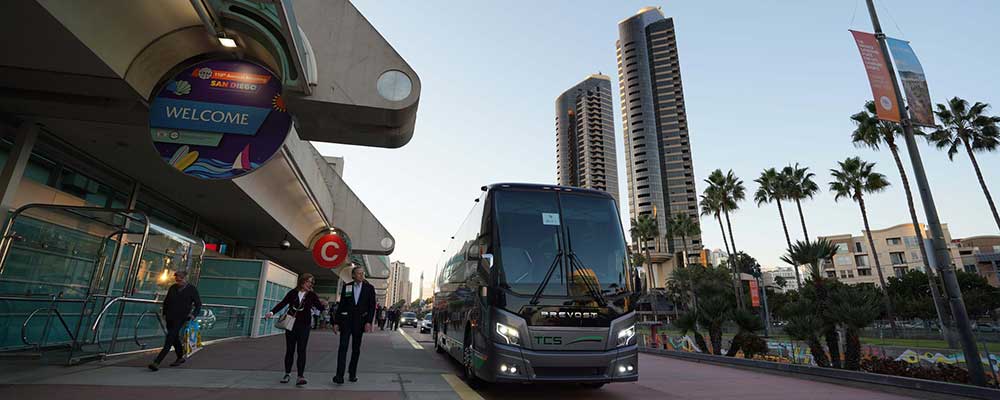20 Excellent Tips For Deciding On Event Shuttle Websites
20 Excellent Tips For Deciding On Event Shuttle Websites
Blog Article
Top 10 Strategies To Help You Plan And Cover The Routes Of Employee Shuttles
Here are 10 excellent ideas for planning the route and coverage of your employee shuttle:
1. Understanding the Needs of Employees
Focus groups or surveys can be used to discover where employees live and when they would prefer shuttles, and any particular requirements (like accessibility demands). This is important for the design of routes that maximize employee satisfaction.
2. Review traffic patterns and analyze them
Examine the traffic patterns in your neighborhood and note the peak times. Utilize tools like Google Maps traffic information to find congested routes and avoid them during time of shuttle. It ensures that the ride is smooth and reduces the chance of delays.
3. Utilize Technology
Use software to plan routes that optimizes routes on the basis of actual-time information on traffic patterns and employee schedules. Shuttle applications can be utilized to adjust routes dynamically and ensure that your service is always the most efficient.
4. Establish Strategic Pickup Points
Pick central locations that are easily accessible to the majority. To ensure maximum coverage, think about places near major intersections, public transportation hubs, as well as residential zones.
5. Create a flexible schedule
Develop a shuttle schedule that can accommodate a variety of employee hours. Shuttles that are available at peak times of departure and arrival and even during off-peak hours, can be adapted to shifts of different times, and improve participation.
6. Install a Loop Feedback
Ask your employees to provide feedback about shuttle service. It is possible to use the feedback to modify schedules, routes and pickup locations. Reassessing employee satisfaction regularly will help maintain a service that meets their requirements.
7. Monitor and analyze Usage Data
Monitor the use of shuttles in order to identify which routes are popular and ones that might require adjustment. Analyzing this information can help you make educated decisions about how to allocate your resources, and how you can enhance your service offerings.
8. Promote ridesharing and carpooling
Encourage employees to utilize a carpooling system together with the shuttle service. It can help reduce the number shuttles required and improve flexibility. Ridesharing apps that allow users to share rides can lower the costs of transport.
9. Consider Environmental Impact
Shuttles that are energy efficient can be used to create routes that produce the least amount of carbon emissions. Encourage the use of hybrid or electric vehicles as shuttles. This not only aids in attain sustainability, but it can also have a positive effect on your employees who are enthused by environmentally friendly practices.
10. Safety and Compliance
Be sure that all shuttle operations adhere to safety regulations and legal standards. This includes periodic maintenance checks for the vehicles, making sure that drivers are trained and certified, and providing insurance protection. When planning transportation safety must be given the highest priority.
The strategies listed below can be utilized to create an efficient and productive employee shuttle service that will meet your needs and ensure optimal utilization of resources and security. Read the most popular employee shuttle advice for more examples including shuttle airport bus, car service to and from airport, airport shuttle airport, car service pick up, sfo airport transportation, shuttle to and from airport, airport rides near me, airport transfer services, los angeles airport shuttle, airport transfer services and more.
10 Suggestions For Maximising The Route Planning Efficiency Of An Event's Transportation Provider. Occasions
Here are ten top strategies to plan routes and increase the efficiency of a corporate transportation service.
1. Analyze Attendee Locations
Start by collecting data about where attendees will be coming from. This can be accomplished through registration or by sending RSVPs which contain the location of the attendees or their addresses. When you know the geographical distribution of the attendees it's possible to design routes that are convenient and minimize travel times.
2. Use Route Optimization Software
Invest in software that analyzes traffic patterns, road conditions and other variables. This will allow you to determine the most efficient route. These software tools let you discover the fastest routes and avoid congestion-prone areas. They also offer alternative route options if required. When using technology to design your routes, you will be able to improve overall efficiency.
3. Plan for peak traffic times
When planning transportation, consider peak traffic hours. Review historical traffic information to determine areas of congestion close to the location. To prevent delays, alter the schedule of shuttles to ensure attendees arrive on-time and are not waiting around.
4. Establish Multiple Pickup Points
Set up multiple pickup points according to the participants' locations to improve the convenience of your guests and decrease travel time. These could be hotels or public transport hubs and other popular places for gathering. By providing a variety of pickup locations you can simplify the transportation process and reduce the distance traveled to the event venue.
5. Make a detailed plan for transportation
Create a detailed schedule of transportation that outlines departure and arrival times, as well as estimated travel durations for each route. Send a complete schedule to attendees ahead of time to let them know when shuttles will arrive. A well-organized transportation schedule helps keep the service running smoothly while eliminating confusion.
6. Incorporate Buffer Times
Include buffer times into your transportation schedule to accommodate unexpected delays, such as traffic jams and weather conditions. You reduce the likelihood that your attendees will miss out on important parts of your event due transportation issues by adding extra time between pick-ups.
7. Monitor real-time traffic updates
On the day of the event, make use of real-time monitoring tools to automatically alter routes. Having the option to reroute shuttles is a great method to maintain efficiency. It will also make sure that guests get to their destination on time.
8. Name the name of a Transportation coordinator
Choose a transportation coordinator who will be responsible for overseeing shuttle service for the event. This individual is able to manage the logistical aspects and communicate with the drivers on a real-time basis. The role of a point person is to ensure that the transportation operations run smoothly.
9. How can you reach out to attendees?
Make sure that attendees are informed of any changes to the transportation plan including shuttle schedules. Using mobile applications, text updates or printed materials can improve communication and ensure that attendees are aware of changes to the transportation plan.
10. Receive feedback after the event
After the event, solicit feedback from the attendees about their transportation experience. Ask questions about the efficiency of the routes, the timing of shuttles, and overall satisfaction. Reviewing this feedback can assist in identifying the points of weakness and strengths in the transportation plan, allowing to make improvements in the future events.
By implementing these tips, organizations can effectively plan routes and enhance the efficiency of corporate event transportation services. Proper route planning not only ensures that attendees arrive on time but creates a positive impression that reflects well on the venue. The quality of transportation used can have a significant impact on the overall success of corporate gatherings. A careful planning process is crucial. Have a look at the recommended for beginners for event transportation service for blog info including company transport, transportation and logistics services, globe transport, managed logistics, international logistics, transportation logistics services, safe transportation, service transportation company, logistics transportation, international logistics and more.